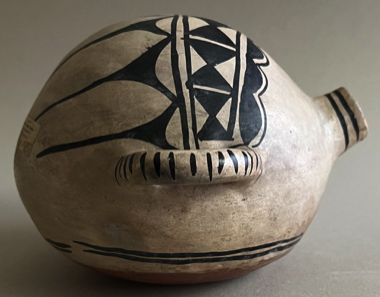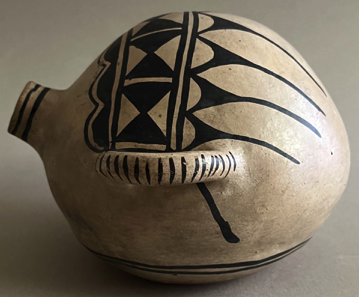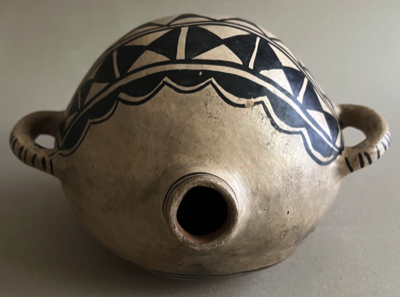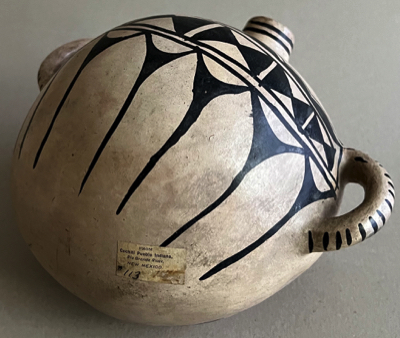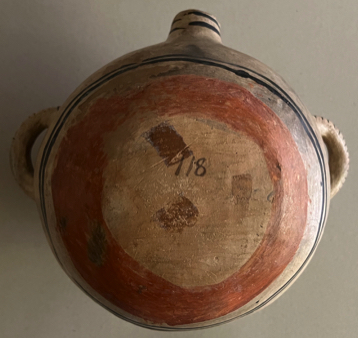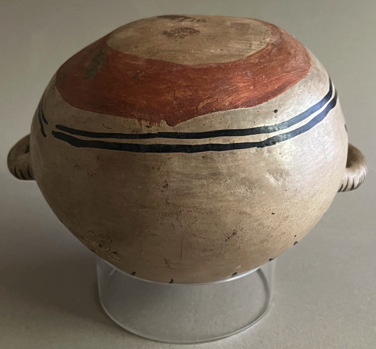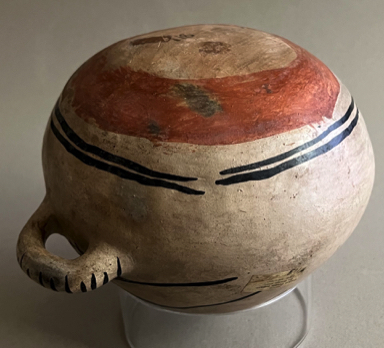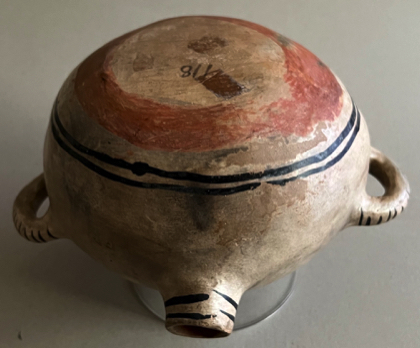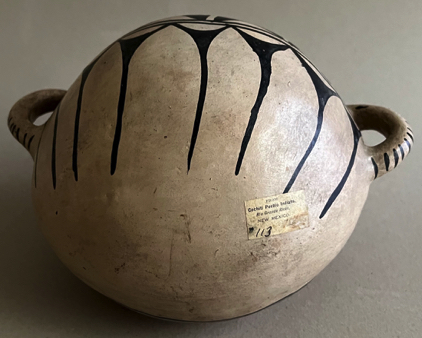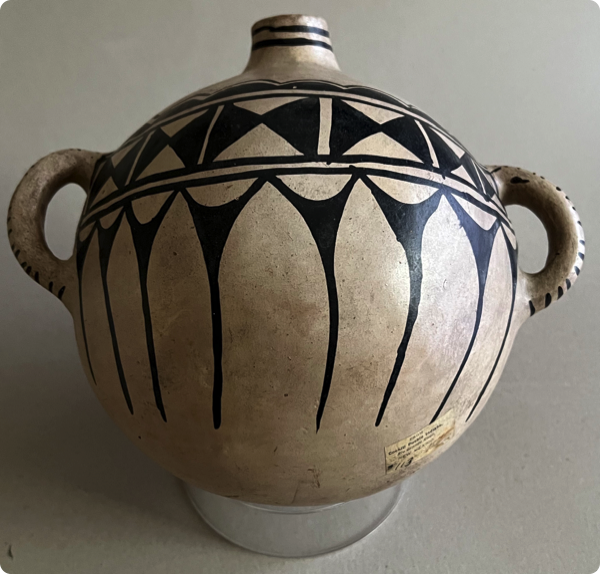
© 2010-2023 by Fine Arts of the Southwest, Inc. All rights reserved.
Unauthorized reproduction or use is strictly prohibited by law.
A splendid historic Cochiti Pueblo
polychrome pottery canteen, c.1900-1915
ex: Fred Harvey Company
This was the time-honored method of keeping your water nice and cool while you carried it around back in the good old days on the Pueblo. And there’s nothing quite like the taste of water from a Pueblo pottery canteen or olla on a hot New Mexico summer day. And not only does this canteen work beautifully doing that, it looks mighty cool too as a wonderful piece of historic Pueblo pottery art and culture which, of course, is the most important reason to own such a piece now.
The canteen is shaped like a woman’s breast in the traditional manner as the woman’s breast is the original source of liquid nourishment and human sustenance. The canteen’s lovely painted design is of an abstracted sky band from which numerous long pendulum stylized tendrils or sheets of nourishing rain are falling, it’s a wonderfully symbolic artistic portrayal of the prominence and critical importance of water to the perpetuation of life in the arid high desert Southwest. The design is most beautifully and very graphically rendered in thick, dense, black vegetal paint upon a rich Cochiti white bentonite slip which has all been finely stone polished to a high smooth glowing sheen. The canteen’s underbody or base shows the characteristic wide painted red banding common to this early 20th Century time period until around 1920. Through the 1920’s and early 1930’s, the red banding grew progressively narrower until eventually dying out at Cochiti and at other neighboring Rio Grande river valley Pueblos such as Zia and Santo Domingo.
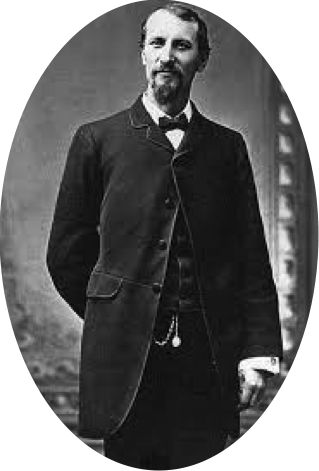
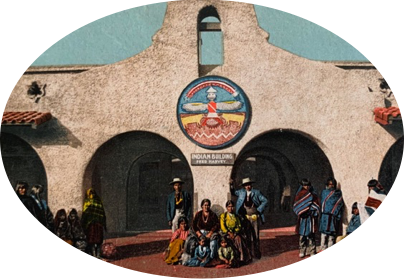
At left, The Fred Harvey Company's Indian Building Trading Post at The Hotel Alvarado, Albuquerque, NM, c. 1906. At center, Fred Harvey, c. 1885. At right The Fred Harvey Company's La Fonda Hotel, Santa Fe, NM, c. 1930.
Left and right photo source and © The Fred Harvey Company. Center photo source and © Wikipedia.
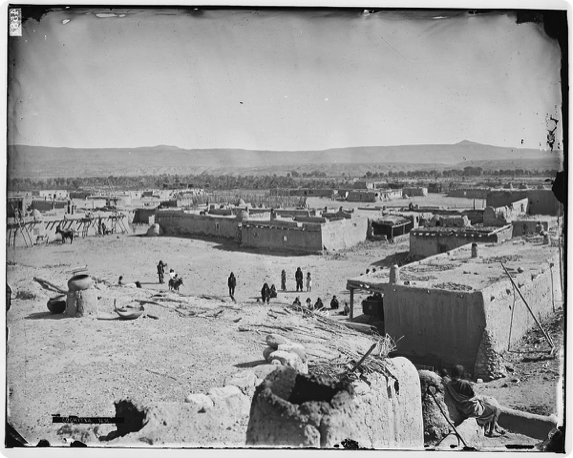
At left, the road to Cochiti Pueblo today. At right, historic view of Cochiti Pueblo c. 1871-1907
Right photo source and © Wikipedia
Either way, judging from the near pristine condition of the canteen, it was purchased soon after it was originally made
and sold to a lucky visitor who took great care of his or her prize over the next century plus as did the canteen’s subsequent and fortunate owners of whom you could be the next if you do the right thing. Additionally, there is a somewhat mysterious collection number written in India ink on the canteen’s bottom of "118". This is similar to the manner in which the Smithsonian Institution used to number historic Pueblo pots in its collection and might be an indication that this canteen stayed for a time in the Fred Harvey Company’s actual Fine Arts Collection which was a separate, somewhat more exalted entity from its general trading post inventory. Why the number "118" written on the back of the canteen is slightly different then the number "113" written on the paper label on the front of the canteen is anyone's guess.
The canteen measures 10" in diameter across the face from lug to lug and is 8" in height to the top of the spout. It is
6 1/2" in depth. As previously mentioned, the canteen is in remarkably excellent original condition with no cracks, no significant chips, no real damage at all save for a small scrape and tiny abrasion here and there. A thorough examination of the piece under Ultraviolet light reveals no evidence of any restoration or overpainting anywhere on the piece. As an interesting and unexpected little touch, there is a charming and idiosyncratic paint drip near one of the canteen’s lugs which sort of parallels the pendant falling rain design and clearly the potter just decided to leave it.
This canteen is a perfectly conceived and beautifully crafted Pueblo prize, a proud piece of century plus old history and culture in nearly perfect original condition; it’s the entire package wrapped up in one handsome place. And that is a claim that will definitely carry some water!
Please note that the acrylic pottery stand pictured here is for demonstration purposes only and is
not included in the sale of this canteen. We can recommend a supplier for these stands if desired.
Price $2,850
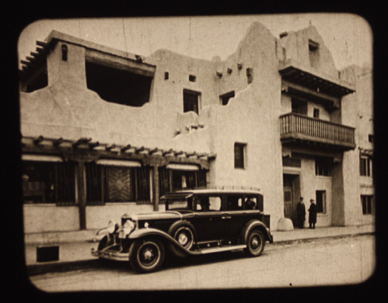
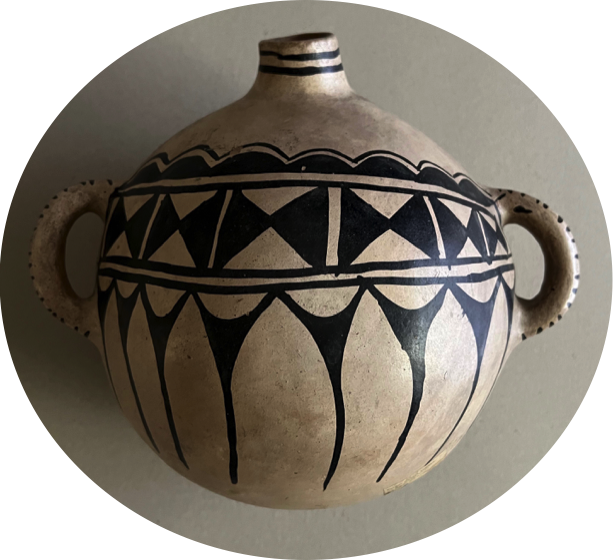
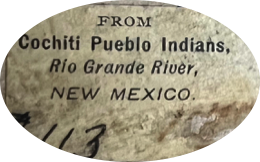
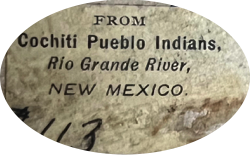
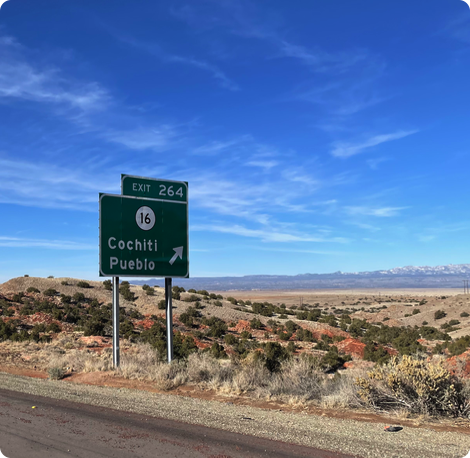
And now on to the canteen’s perfectly fascinating provenance, the previous owner as evidenced by the beautiful and prominently and proudly placed paper label on the front so that it is impossible to miss was the great purveyor and preserver of Southwestern native culture and art, the famous Fred Harvey Company. In the early 20th Century, Fred Harvey’s various agents roamed the Rio Grande, Hopi and Zuni Pueblos looking for prime examples of pottery, weaving, jewelry and other items of material culture to sell at their extensive network of premier trading posts across the Southwest. This canteen could easily have been sold at The Fred Harvey Company’s famous Indian Building trading post
at Albuquerque’s Hotel Alvarado some 50 miles south of Cochiti Pueblo or just as easily displayed at Santa Fe’s
La Fonda Hotel, a luxurious Fred Harvey Company outpost some 35 miles to the north of Cochiti.
